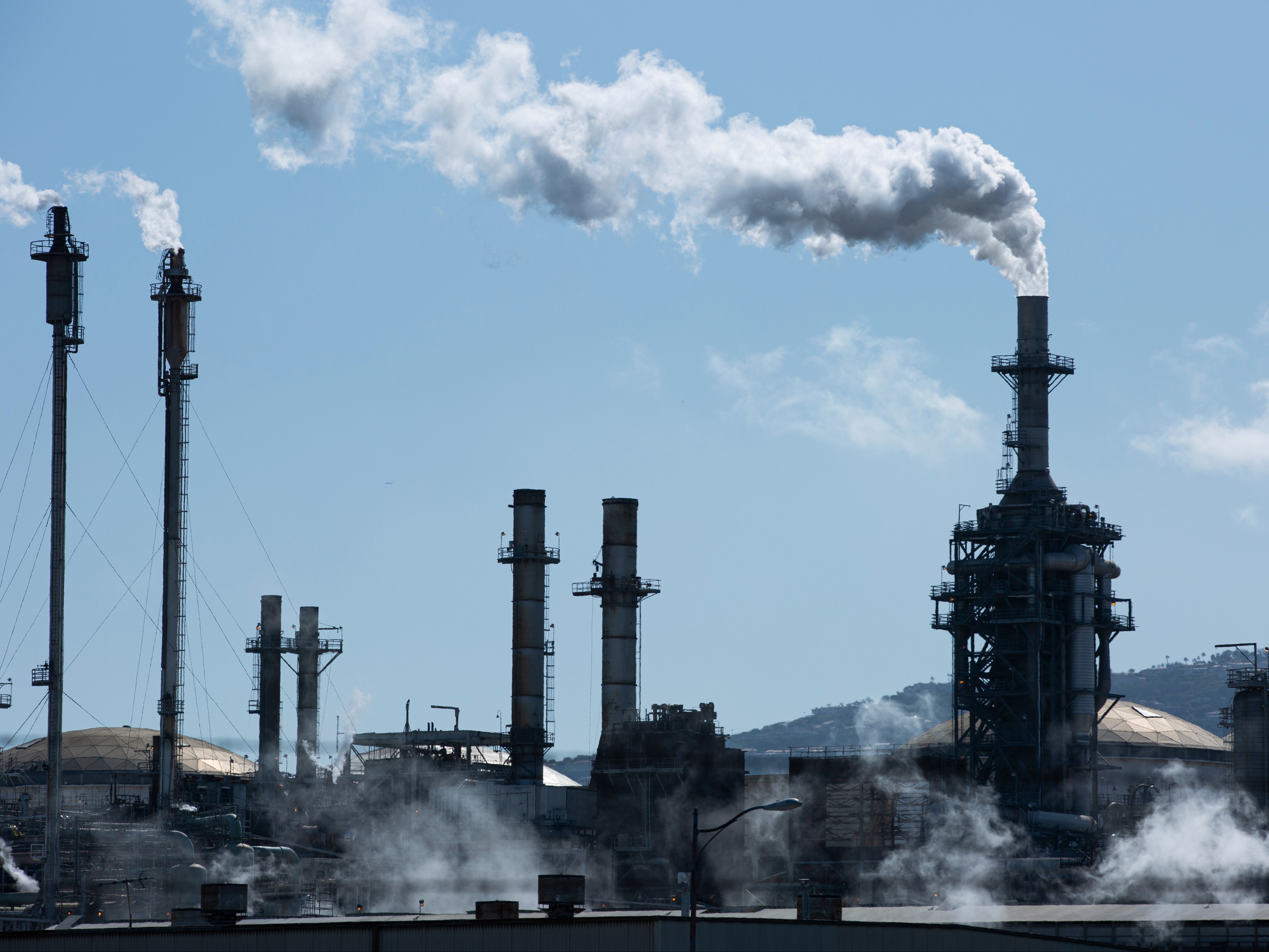Satellites for first time reveal ‘ultra-emitters’ of methane bursts across six countries including US and Russia
‘This is the first worldwide study to estimate the amount of methane released into the atmosphere by maintenance operations and accidental releases’

Satellite data has exposed for the first time how huge bursts of the potent, planet-heating greenhouse gas methane are being spewed from oil and gas fields across the world.
Researchers found 1,200 “ultra-emitters” in six major oil-producing countries including the US and Russia over the past two years alone.
The global team of scientists found oil and gas facilities were releasing a significant amount of methane - the second-worst contributor to global warming - in sporadic bursts.
They analysed thousands of images from a European Space Agency satellite mission for the study published in the journal Science.
This revealed 1,200 ultra-emitters from oil and gas facilities across the US, Russia, Turkmenistan, Iran, Kazakhstan and Algeria. These were found to release at least 25 tonnes of methane per hour on a sporadic basis over most of the largest oil and gas basins across the world.
It is estimated capping these methane bursts would be the equivalent of taking 20 million cars powered by fossil fuels off the road.
Methane is at the centre of a Cop26 climate summit pledge, where nearly 100 countries committed to slashing emissions of the short-lived but potent greenhouse gas by 30 per cent by the end of the decade.
Its warming power is estimated to be 80 times that of carbon dioxide during its first 20 years in the atmosphere.
Alexandre d’Aspremont, the Kayrros co-founder who contributed to the satellite research, said: “Our study supplies a first systematic estimate of large methane leaks that can only be seen from space, showing how these detections relate to wider methane monitoring processes.
“This is a giant step towards overcoming the current limitations of the methane reporting system which is critical to meeting Cop26 commitments to slash methane.”
The lead scientist in the research, Thomas Lauvaux, told BBC News working out volumes of greenhouse gas emissions usually involved countries or companies giving their own estimates.
Getting data from space offered a “more rigorous approach”, he said.
“To our knowledge, this is the first worldwide study to estimate the amount of methane released into the atmosphere by maintenance operations and accidental releases,” Mr Lauvaux said.
“Unreported ultraemitters explain in part the underestimation in official oil and gas reported emissions by countries as documented by previous studies.”
He added: “The atmospheric monitoring approach enabled by recent satellite missions provides a unique perspective on oil and gas activities, and the potential to mitigate these large releases of methane.”
The team of researchers also involved Carbon Mapper, a non-profit organisation that works to track emissions.
The International Energy Agency has previously estimated nearly one third of all methane emissions from human activity come from fossil fuel operations.
Agriculture is the largest emitter of this greenhouse gas, while waste accounts for nearly all of the remaining methane emissions.
Join our commenting forum
Join thought-provoking conversations, follow other Independent readers and see their replies
Comments